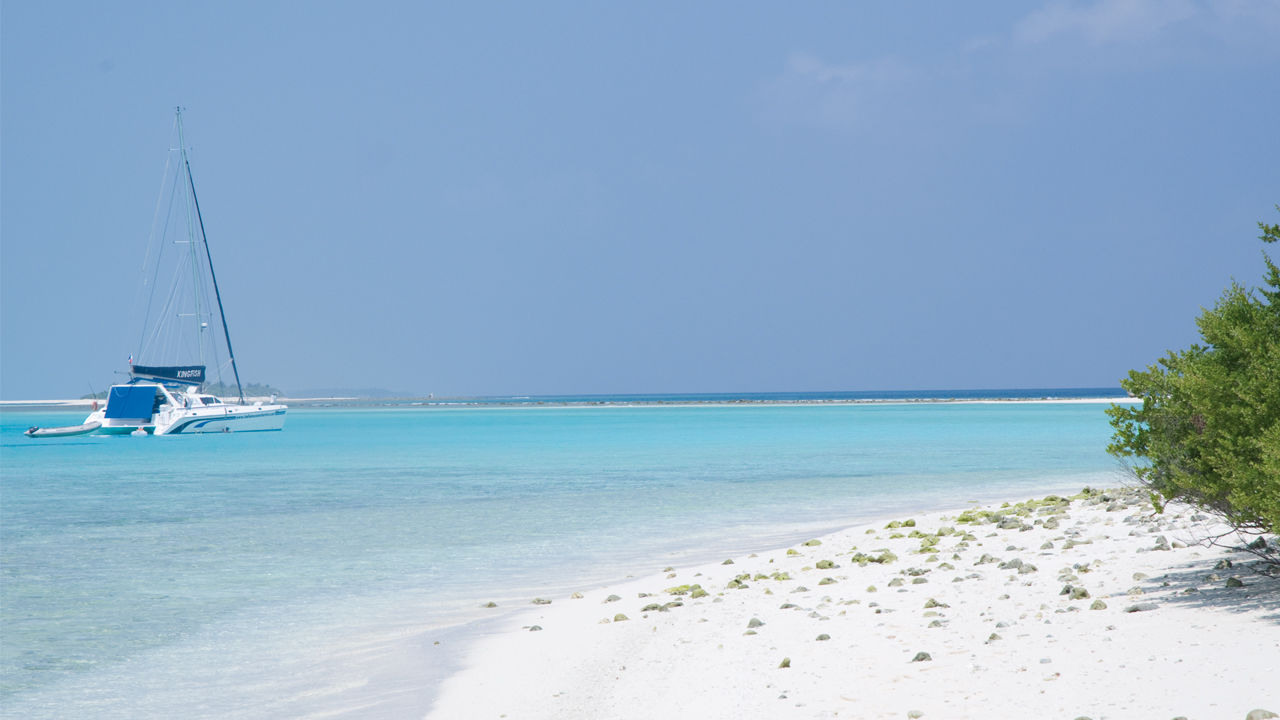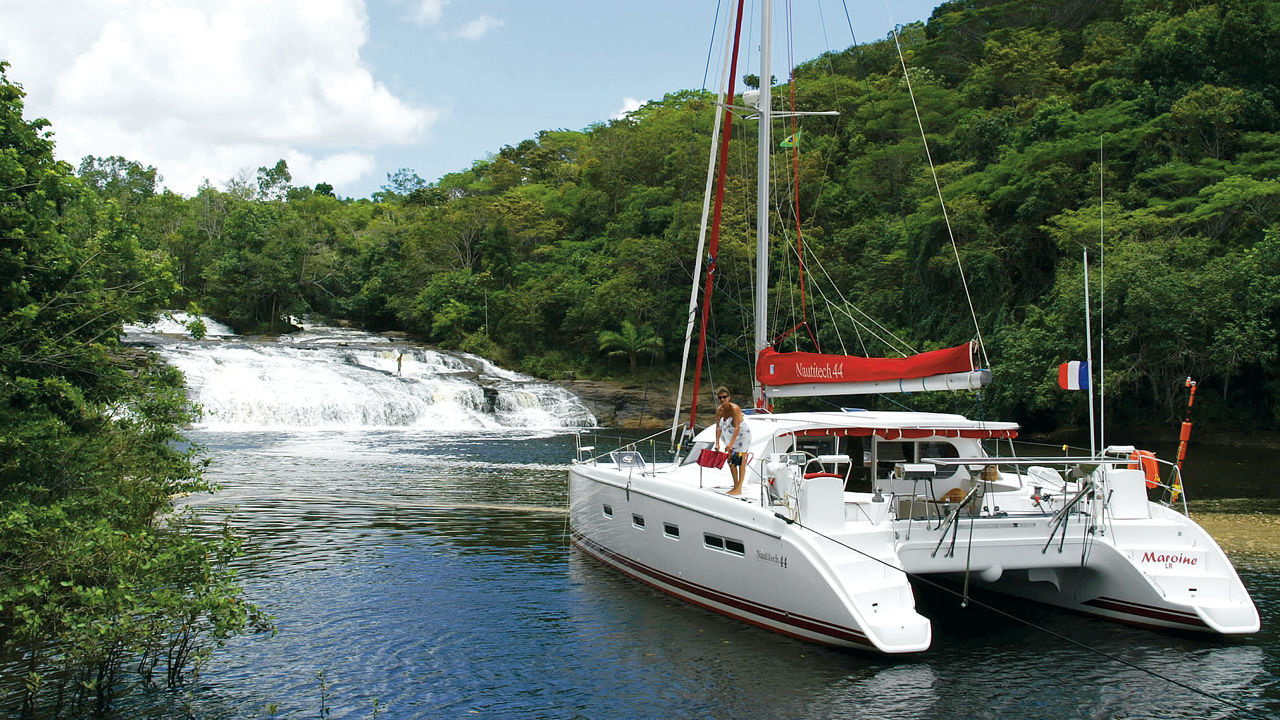
Issue #: 163
Published: January / February 2019
- Price per issue - digital : 6.50€Digital magazine
- Price per issue - print : 7.90€Print magazine
- Access to Multihulls World digital archives Digital archives
Ever since men became sailors, one thing hasn’t changed: to go far – and above all to return with the hold full of treasure – you need a big boat. But nowadays, how important is the size in your choice of your future boat? A little overview, before ‘giving in’ to the extra meter!
Not so long ago…
The modern history of multihulls is recent, as the first really mass-produced catamarans date from the end of the 1970s. At that time, not so long ago, most multihulls were no longer than 12 meters (already sizeable). This was the size of the trimaran Olympus Photo, winner of the first Route du Rhum (1978), whilst the Prout Snowgoose or the famous Louisiane – first of the Fountaine Pajot catamarans – were no longer than 11 meters at the beginning of the 1980s. The first round the world trip as a family in a catamaran was undertaken by David Lewis, accompanied by his wife and his two young girls, aboard the famous ‘Rehu Moana’, built by Prout. A catamaran whose length was…12 meters!
The multihull-oriented voyagers then set off around the Atlantic, but also around the world, on boats such as the Heavenly Twins or Summer Twins (27/28 feet), Prout 34, and of course the famous Wharrams or again the Gancel or Piver trimarans. James Wharram sailed across the Atlantic for the first time in 1956 aboard Tangaroa (23’), then a second time aboard Rongo, again a catamaran, but this time a 40-footer, in 1959.

We had to wait until the beginning of the 1990s for construction techniques and the architects’ expertise to allow mass-production of bigger boats. The Casamance (43 feet), then the Marquises 53 from Fountaine Pajot, the Lagoon 55, 47, 57, then 67, the Privilège 14.70, etc.
The 90s saw the multihull industry develop, and in anchorages the world over we started to see more and more boats with two or three hulls, sailed by happy family crews... The keen interest in ocean cruising catamarans then really started, spurred on by the charter boom. The builders and architects were then able to compete to design boats which were even safer, more seaworthy, more comfortable and…bigger!
The right size…

Does an ideal size of boat exist? As we have just seen, in the 1980s, 12 meters for a voyage in a multihull seemed to be a maximum. But the main reason was that to handle a bigger catamaran or trimaran with the fittings of that period, you had to be both an exceptional sailor, capable of anticipating his or her maneuvers, as well as having almost Herculean strength, as winches and blocks, not to mention ropes, did not have the comfort in use and the performance that we are familiar with nowadays.
Although the size of ocean cruising boats has increased considerably in the last thirty years, this is above all thanks to the progress in fittings. Hoisting a mainsail of over 100 square meters is today child’s play with modern winches, not to mention that all the boats, or almost all, offer electric winches. Self-tacking headsails, roller reefing which reefs with no problems, and furlers which furl, not to mention hydraulic steering, have greatly simplified the cruising sailor’s life. You can therefore now set off as a couple of over 60-year-olds, aboard a 55-foot catamaran without asking yourself how you will succeed in managing the ...
What readers think
Post a comment
No comments to show.